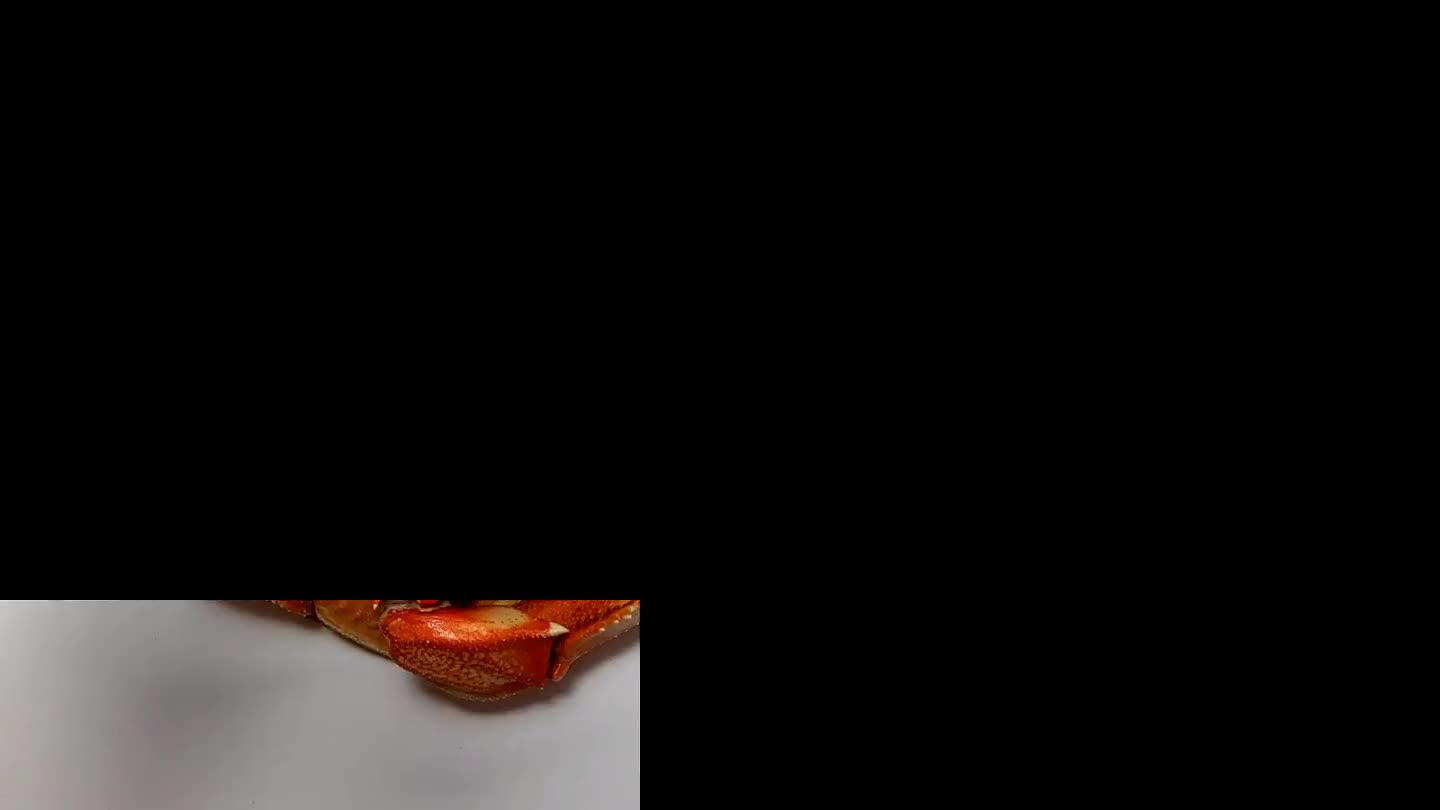
How to Clean and Pick Dungeness Crab

 2 portions
2 portions 10m
10mNothing ruins fresh crab like biting into a chunk of shell. Throw away everything you know about cracking crab. Let's do this the right way.
What you will need
1 Whole Crab
(Nutritional facts 0 calories, 0.01 g fat, 0 g carbohydrates, 0.18 g protein, 0 mg cholesterol, 2 mg sodium)How to cook
1


2


The carapace is the upper shell. Flip the crab belly-up. There is a flap running down the center of the belly. Get your nails in there and pull up the flap. Grasping the legs, press with your opposite thumb on the edge of the top shell at the base of the tail. The body should come away from the top shell. Fair warning, it's kinda gross in there.
3


Remove and discard the feathery cones that run along the outside (a.k.a. the 'lungs' or 'gills'). They taste gross. On the other hand, the yellow liquid (aka 'tomalley' or 'crab butter') that pools in the shell is delicious, but it tends to concentrate water impurities. If you're confident your crabs were taken from deep, open water, you can add that broth to a stock or just eat it with a chunk of crusty sourdough. Otherwise discard it with the rest.
4


The remaining body can be easily cracked down the middle and separated into two halves.
5


Gently twist each leg from it's joint. If you twist the arm correctly, you can remove it at the innermost joint, making it easier to get to the body meat.
6


Take the two legless body halves and crack the top shell away from the bottom shell. This should give you easy access to the channels of body meat that run along the body. Do your best to stay aware of the shell pieces here. If you're careful, and minimize the number of breaks you make to the shell, you can easily avoid losing pieces of the shell into the lump meat.
7


Clear the body meat from the channels with a chopstick or a crab pick. Try not to make any more breaks to the shell if you can avoid it. Every time you crack the shell, you increase the likelihood that a piece will be lost, only to be found later by the teeth of your diner.
8


Each leg can be easily pulled apart into 5 segments. Pop out the knuckle, then remove the shoulder joint from the upper arm and the pointer from the forearm. The pointer can be discarded. Staying organized here helps to make this a cleaner and more efficient job.
9


On the arms, the claw pincers can also be separated. The smaller pincer can be discarded.
10


With a toothpick or a chopstick, pop out the meat from the knuckle. This is a detail that is often skipped. This small piece of meat seems hardly worth the effort. But this is the sweetest piece of meat on the crab. Don't let it go to waste.
11


The larger arm sections should be cracked gently, ideally by hand. Remove meat in full, contiguous chunks whenever possible. If you need to use an implement to crack the arms, just crack once and pick away the pieces. There is a tendency to crush crab legs and then pick the crushed meat from the shattered shell.
12


The claws are often the hardest part of the crab. Place the claw on a flat, firm surface, with the natural arch of the claw upward. leaving a gap between the claw shell and the table. Then give it a swift whack from the top with the butt of your palm. One good crack is all you need. Pick out the meat and add it to your pile.
13


Bonus: If you happen to have a blacklight available, it can be used to spot any shells that you may have missed. When lit by blacklight, shells will glow brightly compared to crab meat and will be easy to spot.

Comments